Foreign residents of Japan prohibited from participating in Yu-Gi-Oh Japan Championship

Heart of the cards isn’t beating for legal foreign residents of Japan, apparently.
This coming September, Seattle will be the host city for the Yu-Gi-Oh World Championship. Before the world’s best players of the collectible card game make their way to the west coast of the United States, though, they’ll have to prove their mastery by defeating their rival Duelists in preliminary tournaments in their home regions and countries.
However, for those aiming to win the Yu-Gi-Oh Japan Championship 2024, the competition pool isn’t actually every Yu-Gi-Oh player in Japan, as the rules expressly prohibit foreign residents of Japan from taking part in the tournament.
Sifting through the registration requirements for the Japan Championship and its feeder tournaments, most of the clauses seem like pretty standard stuff. Proof of identity is required, so that you can’t have a ringer play for you or try to win multiple feeder competitions to reduce the total number of players who can reach the Japan Championship stage. All cards used must be official Yu-Gi-Oh cards, so you can’t stuff your deck with easily-obtained bootlegs of what’re supposed to be rare cards.
Further down the list, though, you come to the clause that all participants must have a Japanese address. That makes sense, since ostensibly the whole point of the Japan Championship is to find the best Yu-Gi-Oh players who live in Japan, not the bext Yu-Gi-Oh who just happen to be traveling through Japan at the time. Address/residency requirements are actually pretty common in these sorts of quasi-contractual promotions and events, wherein there needs to be some sort of localized legal framework for agreements like this, where if you win competition you get some sort of prize or eligibility privilege.
But where things get surprising is where the Yu-Gi-Oh Japan Championship 2024 entry requirements state:
“Entry is restricted to people of Japanese nationality.”
The Japanese nationality (i.e. Japanese citizenship) requirement means that foreign residents of Japan are barred from the Japan Championship and its feeder competitions. In other words, citizens of foreign countries who are legally living in Japan, either by nature of working in a Japanese workplace, attending a Japanese school, or marriage to a Japanese resident, cannot participate in the competition.
It’s possible that the Japanese citizenship requirement was put in place as a further means to make sure the Yu-Gi-Oh Japan Championship winners are people who really live in Japan, screening out those who happen to be on short-term student/work visas that coincide with the few months over which the preliminary competitions and finals will take place (March to July). However, the citizenship requirement also bars those who have been living in Japan for years or decades. Even foreign residents of Japan who have obtained permanent residency status from the Japanese government are ineligible for the Yu-Gi-Oh Japan Championship unless they have also obtained Japanese citizenship, which, for adults, means they must renounce their home country citizenship, since Japan does not allow dual nationality past the age of 20.
Meanwhile, in other parts of the world, the Yu-Gi-Oh World Championship entry regulations are less strict. The franchise’s official website’s World Qualifying Points FAQ For North, Central, and South America Territories simply states that “Duelists must be legal residents of the territory they wish to represent and provide valid proof of residency.”
Admittedly, foreigners living in Japan and playing with Japanese-language cards make up a pretty small subset of the Yu-Gi-Oh player base, so it’s not shocking that the demographic wasn’t a major priority in crafting the Japan Championship rules. On the other hand, the fact that someone on the tournament’s legal team thought it was necessary to explicitly require Japanese nationality in addition to Japanese residency shows that the Japan Championship organizers can at least imagine that there might be foreign residents who might want to compete, so it’s odd to see them taking steps to lock them out.
Source: Yu-Gi-Oh World Championship 2024 (1, 2), via Twitter/@rurohancwc via Anime News Network/Alex Mateo
Images ©SoraNews24
● Want to hear about SoraNews24’s latest articles as soon as they’re published? Follow us on Facebook and Twitter!
Credit:

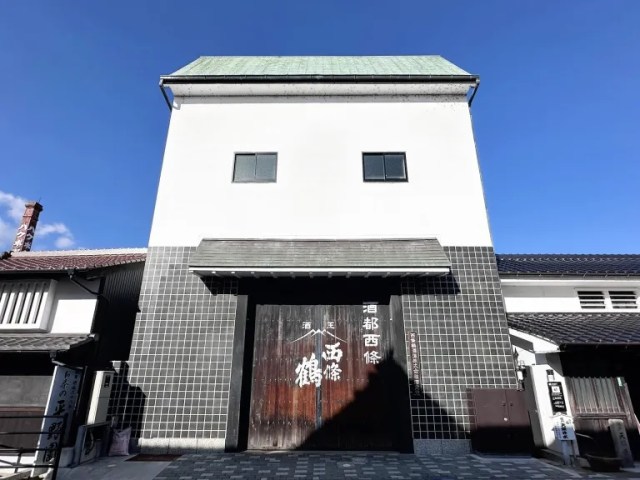
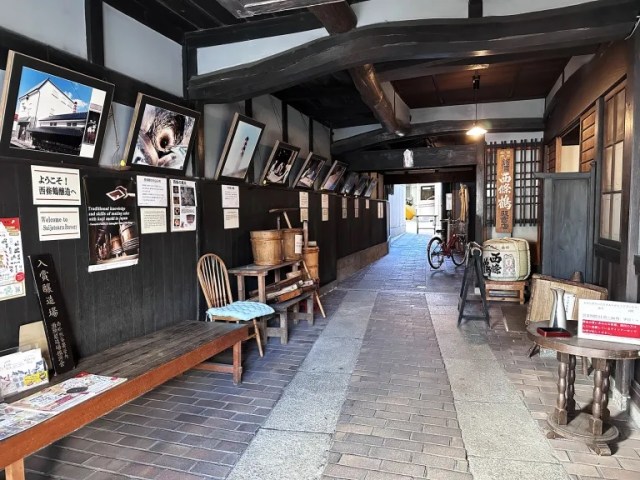
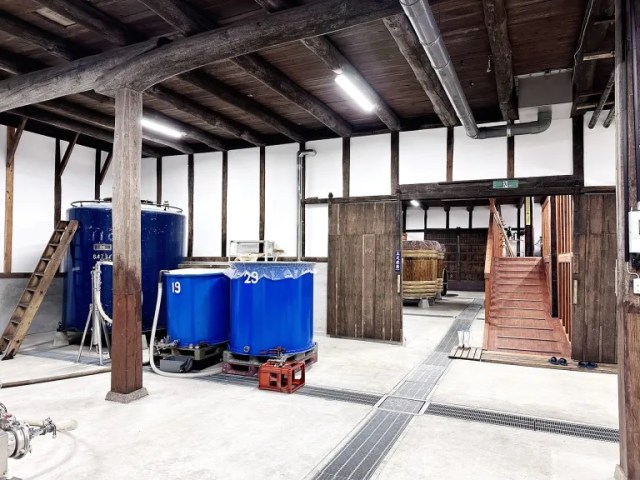
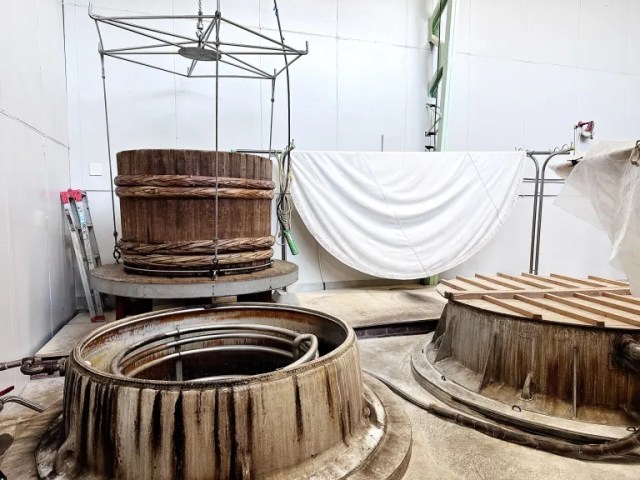
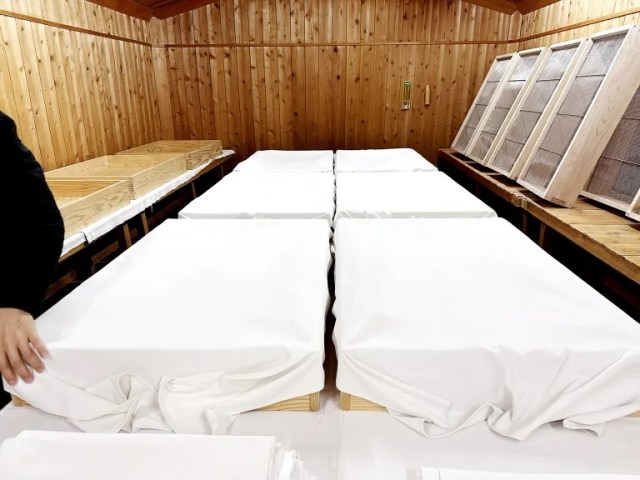
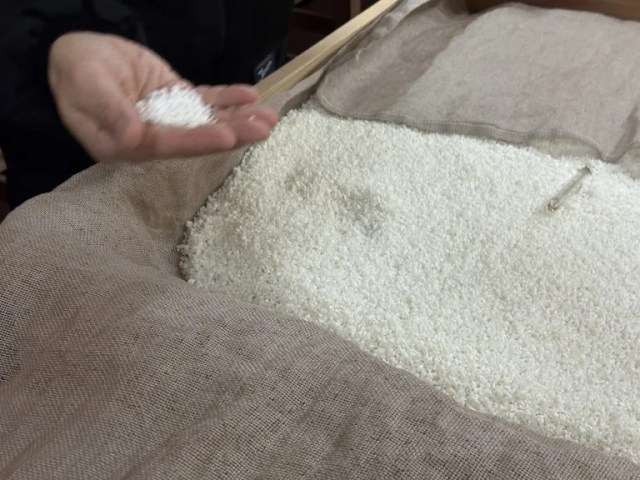
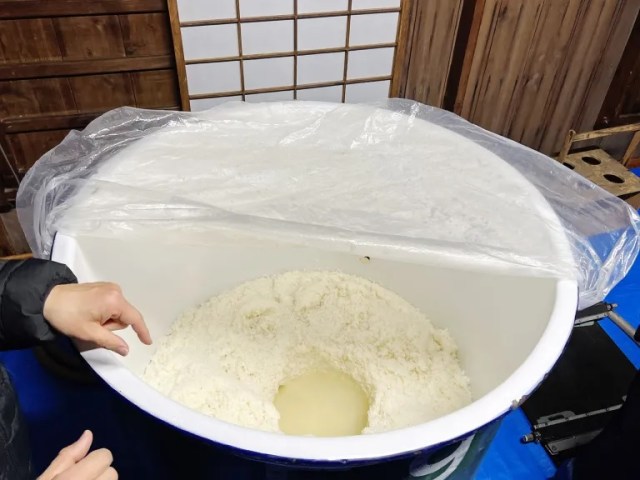
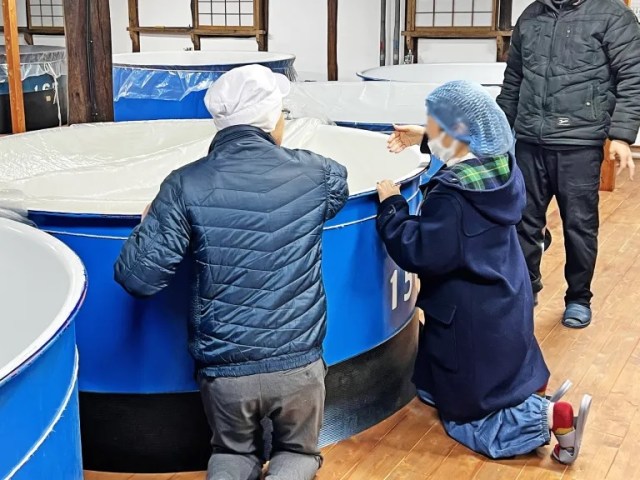

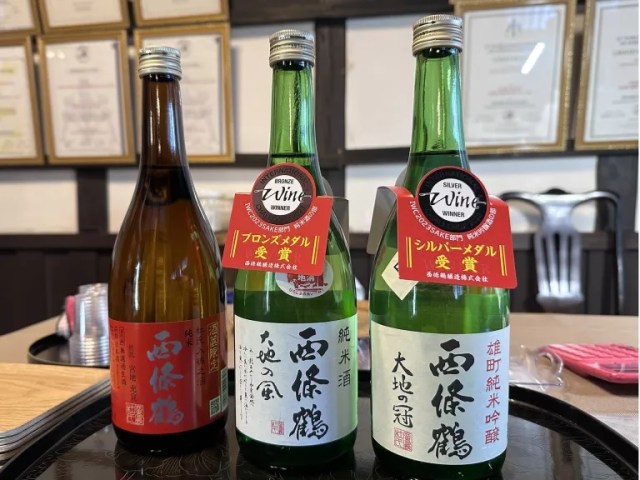
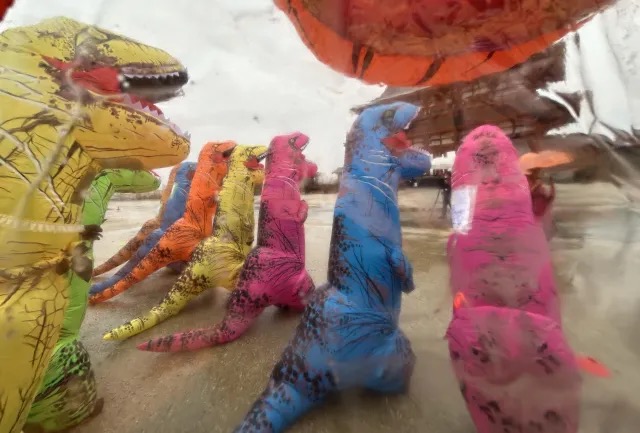
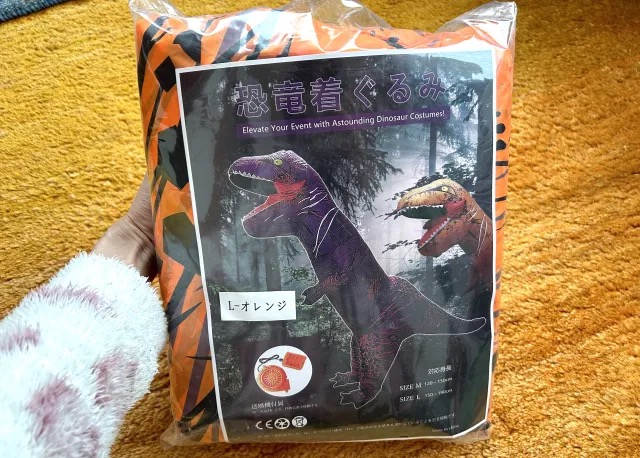

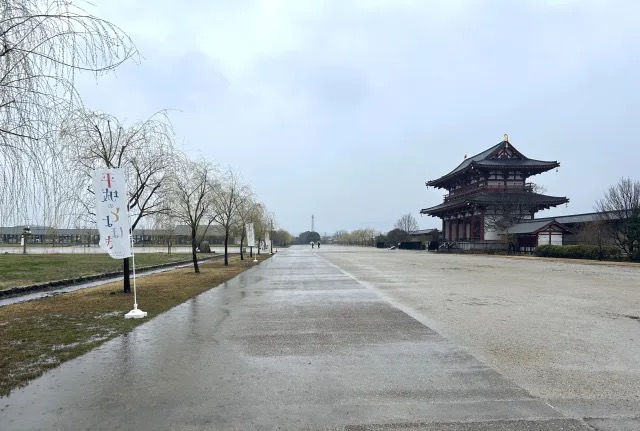
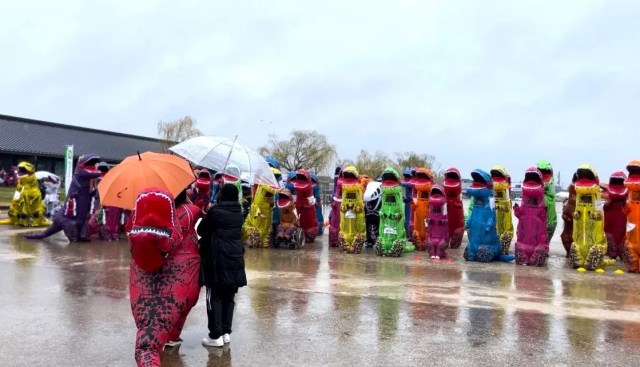
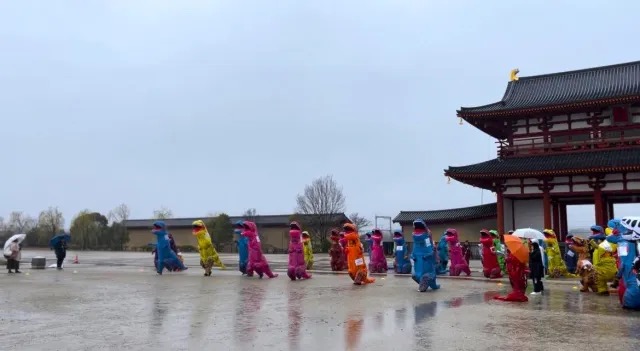
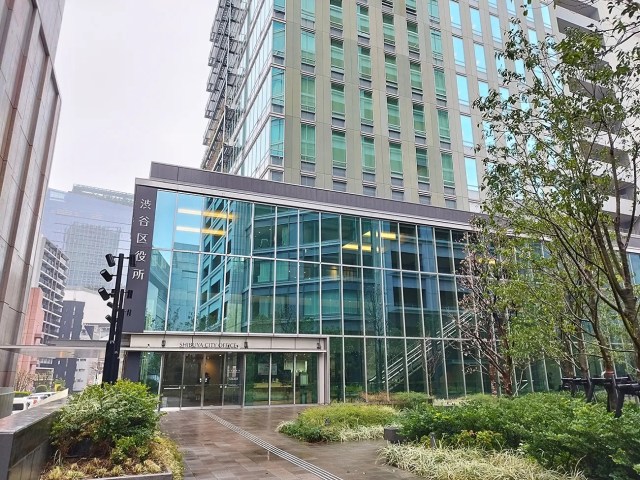
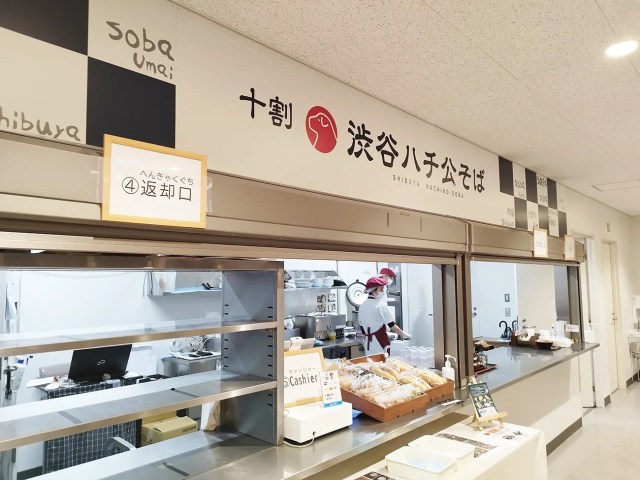

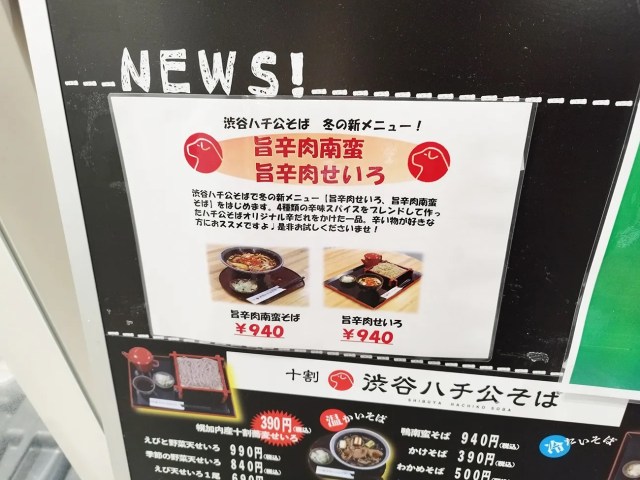
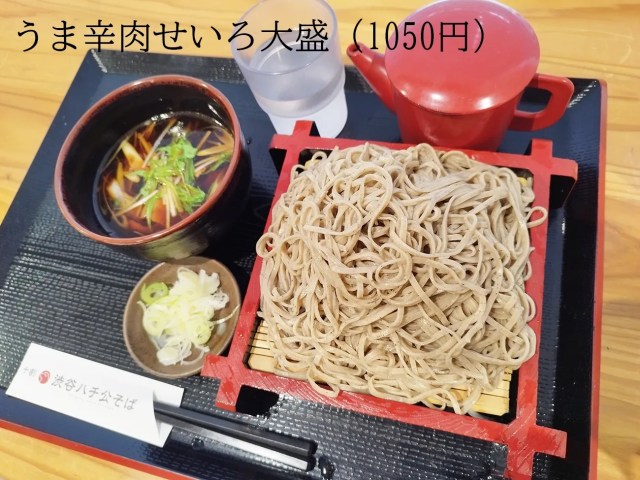
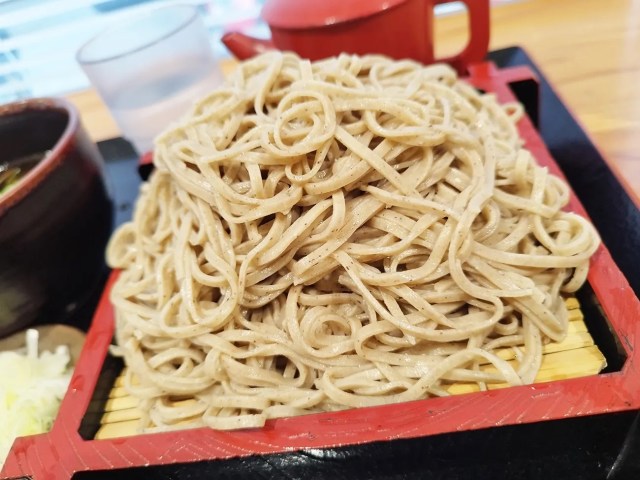
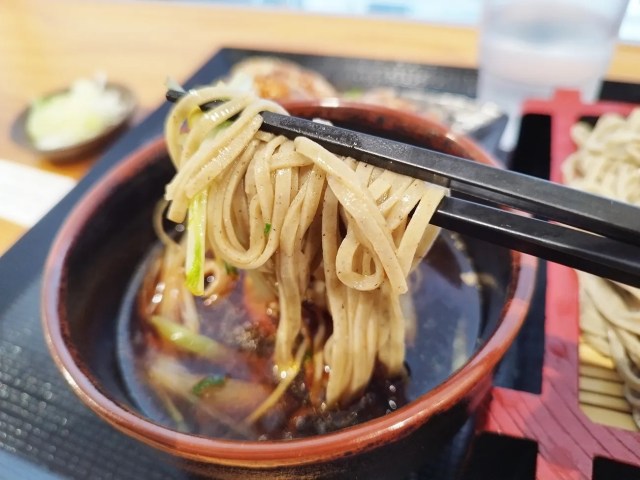
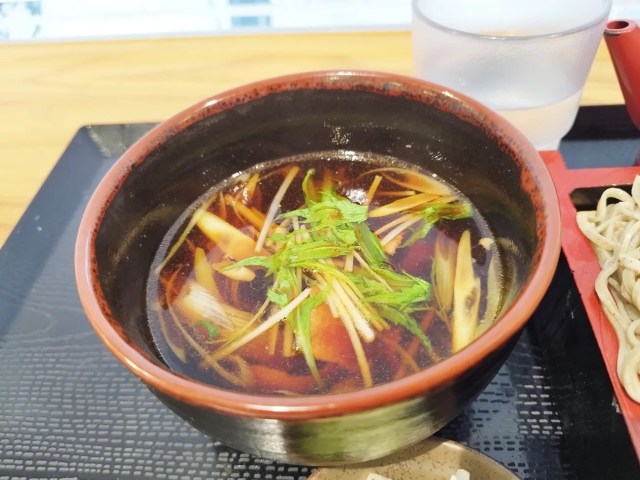

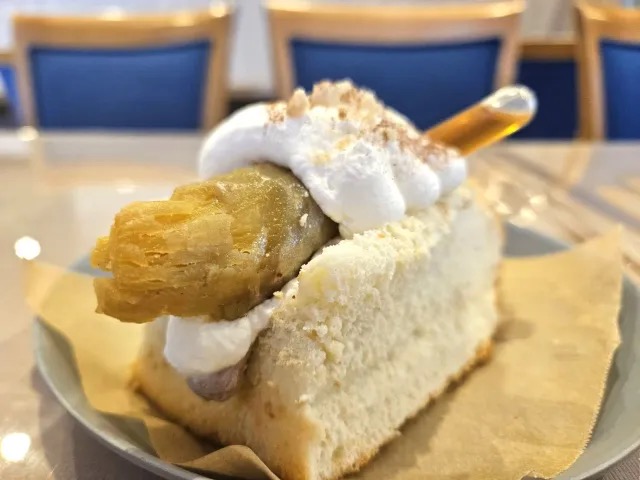
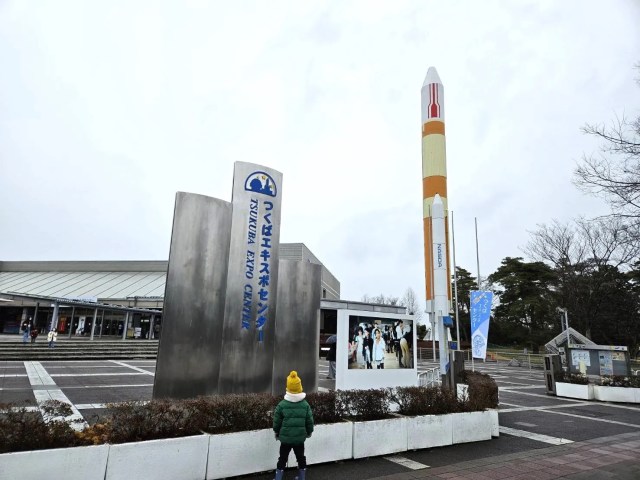
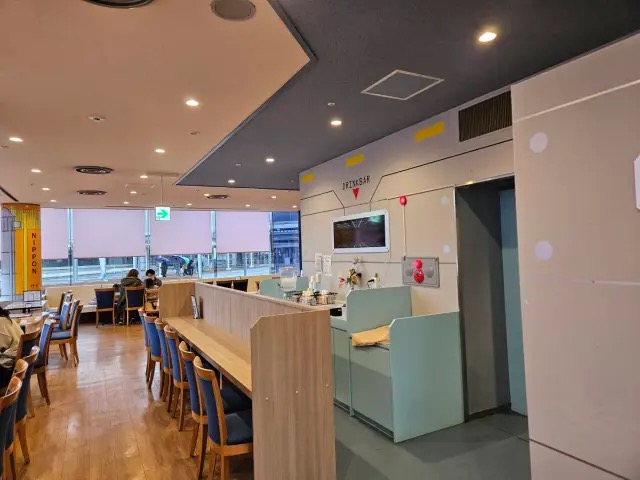
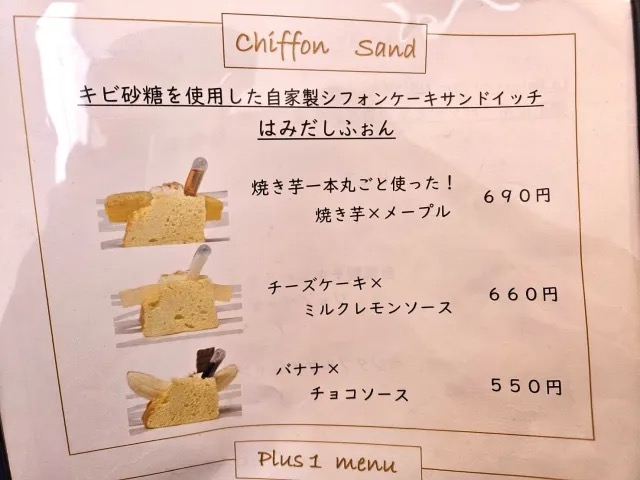

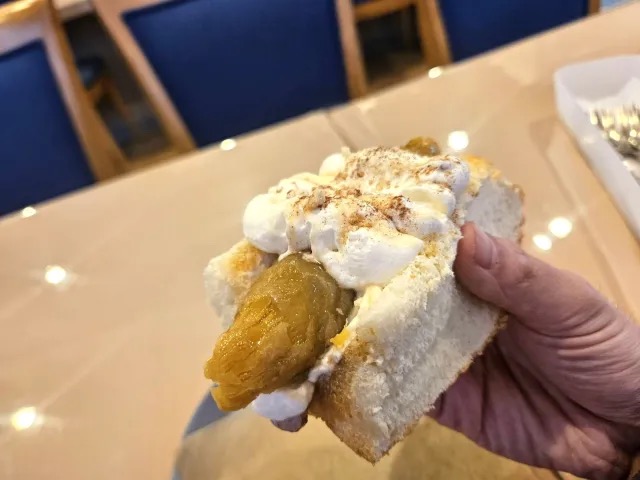
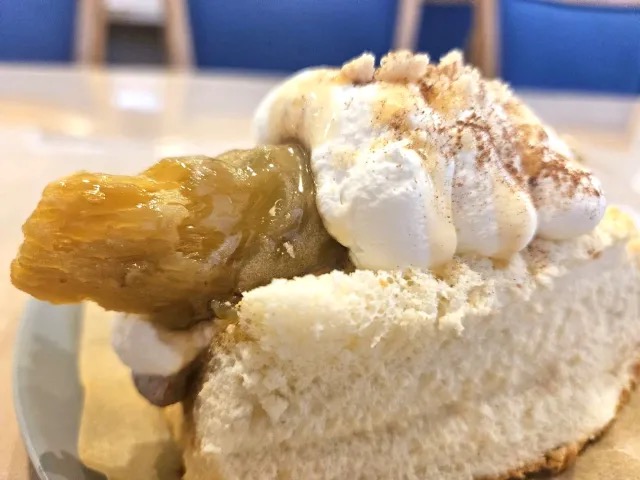
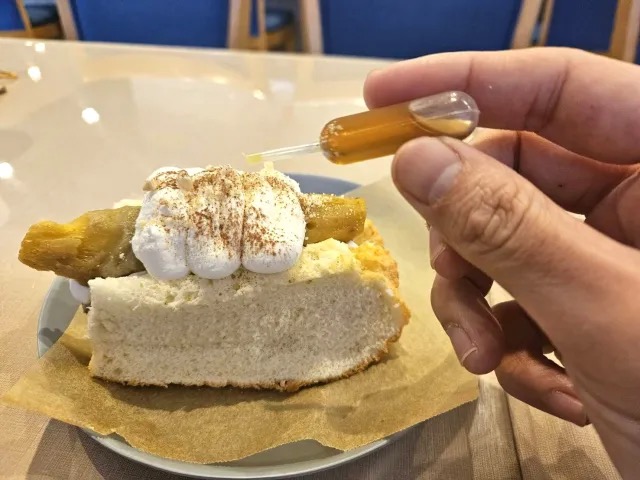
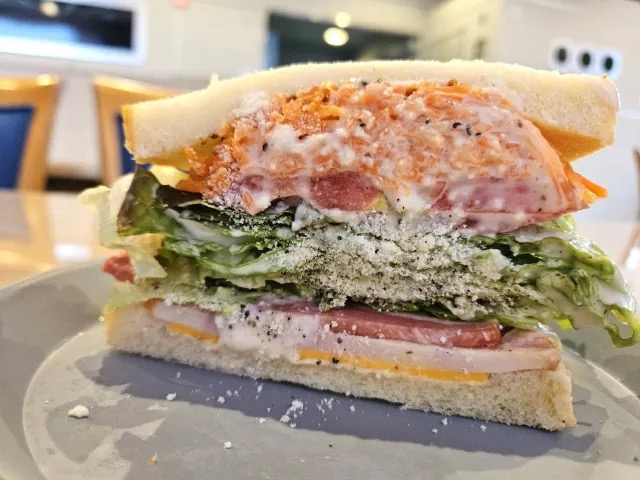
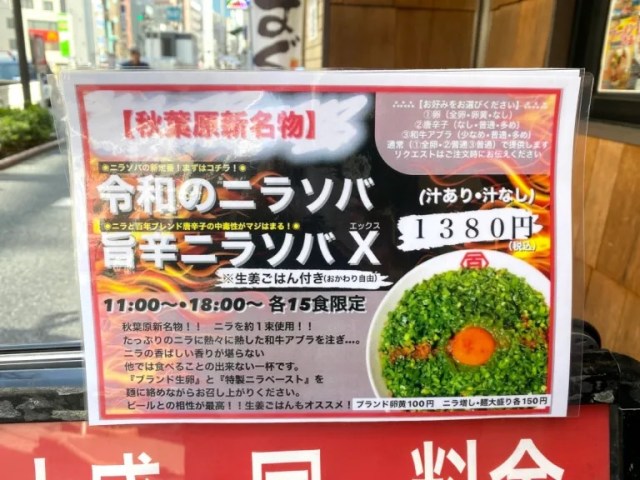
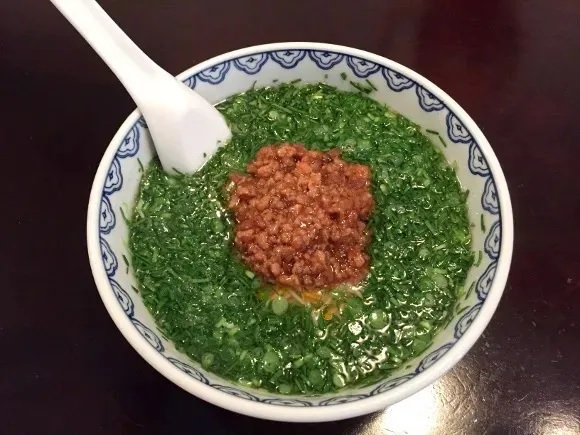
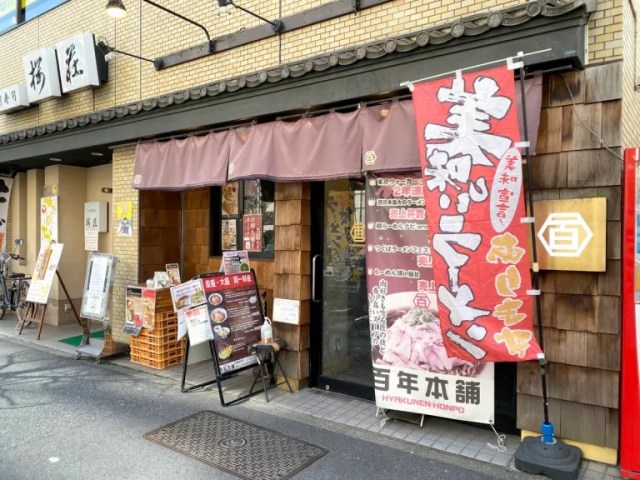
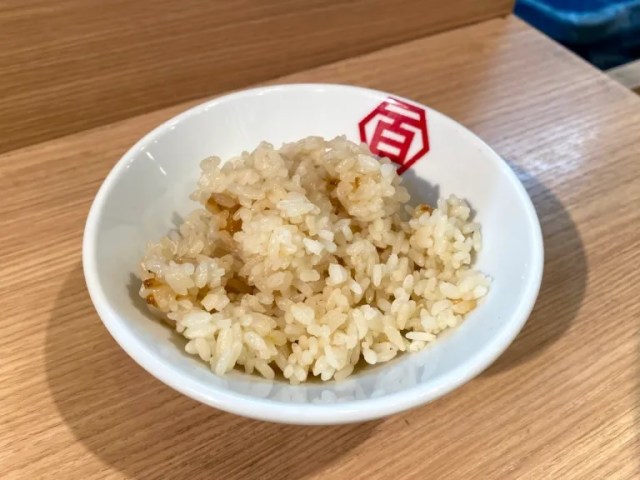
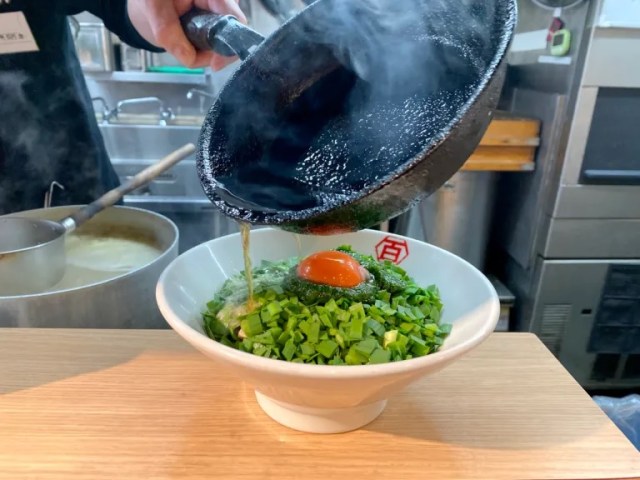
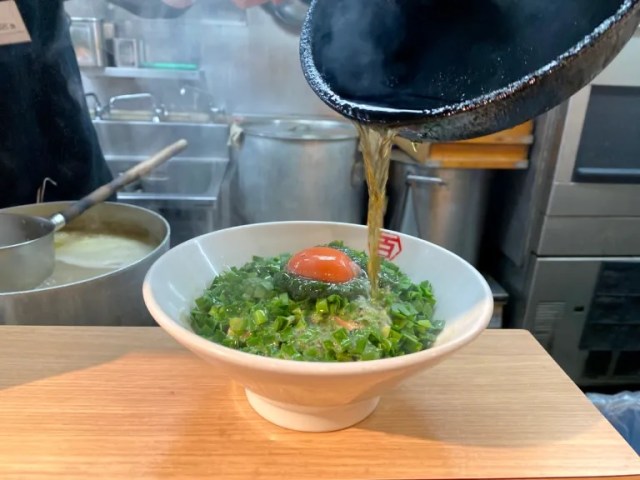
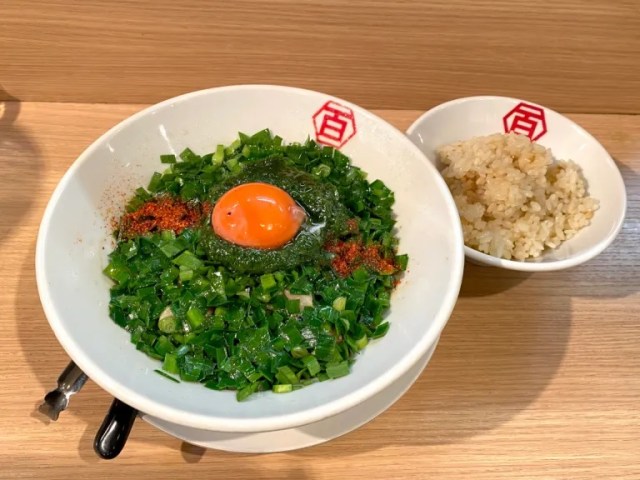

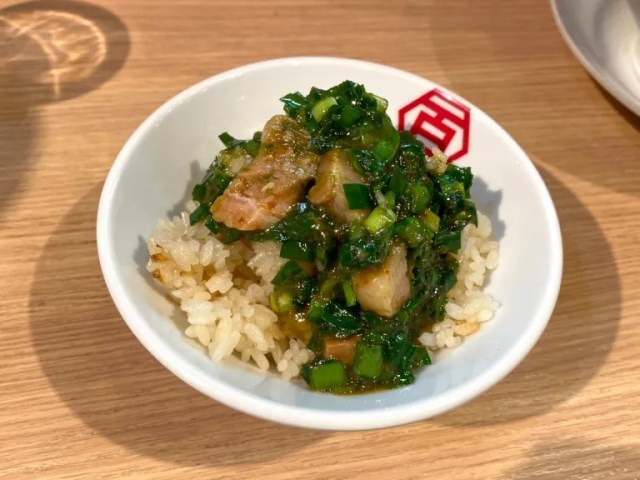
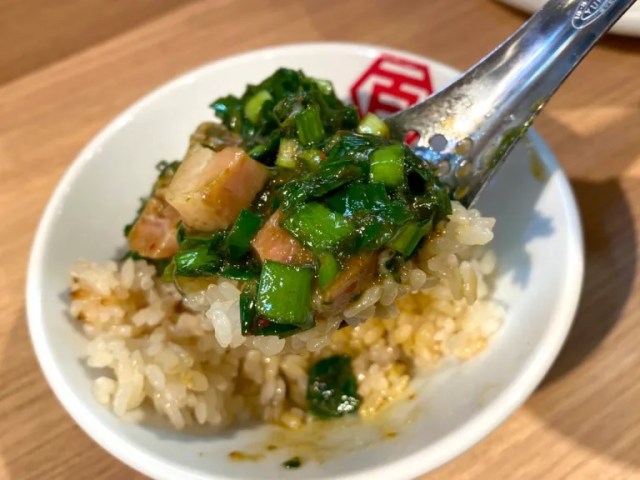
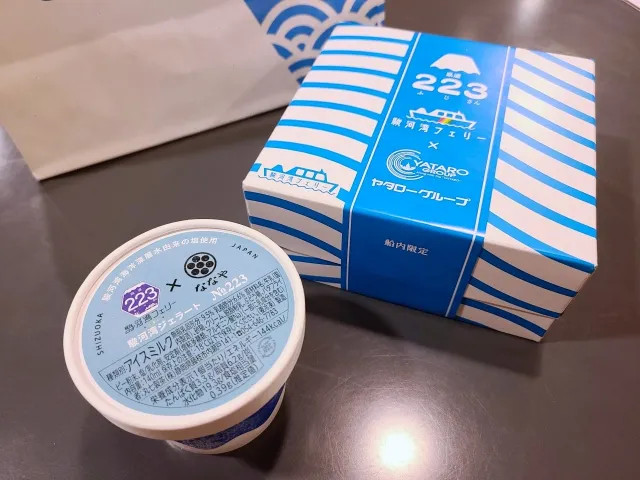


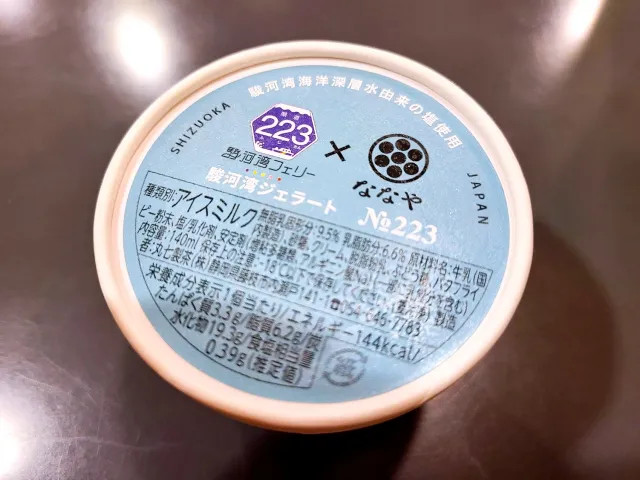
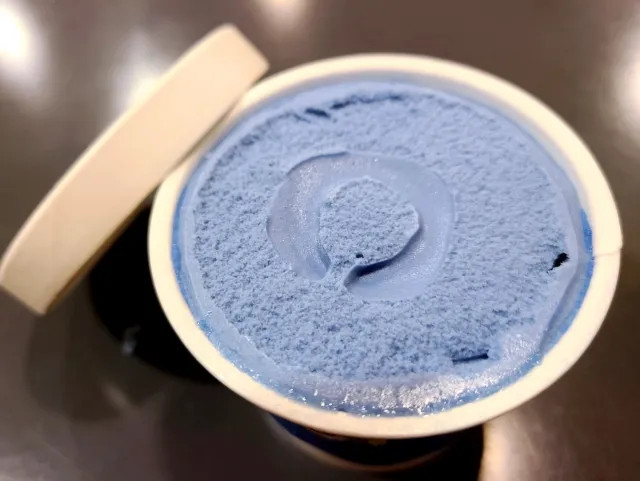
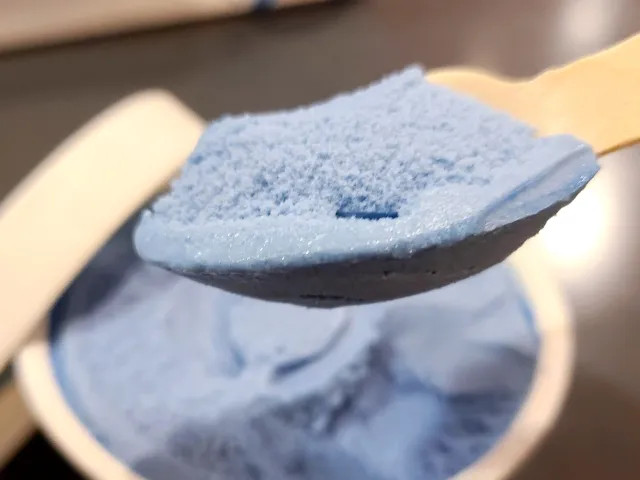
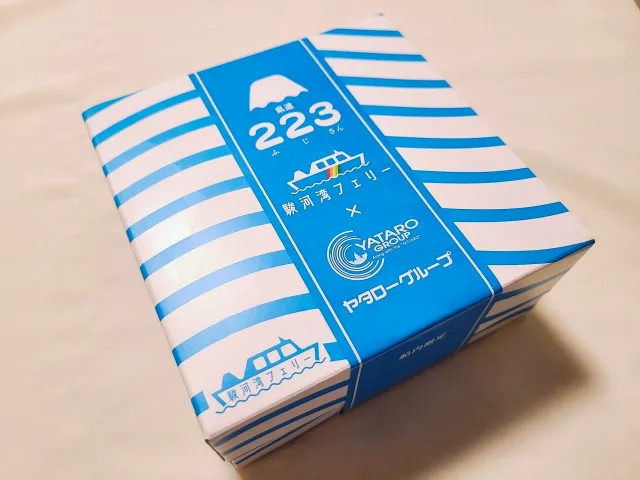
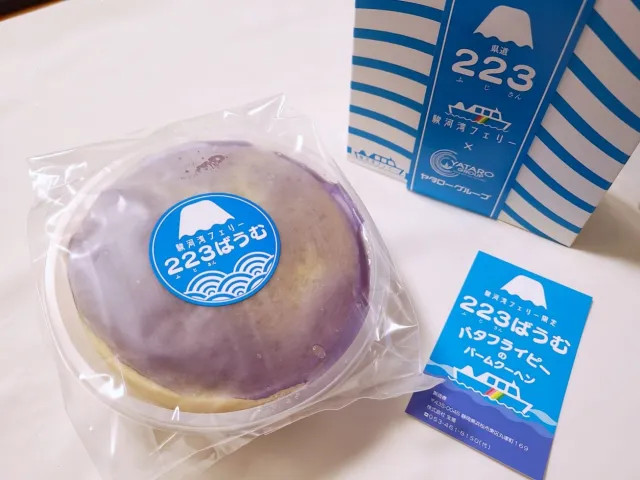
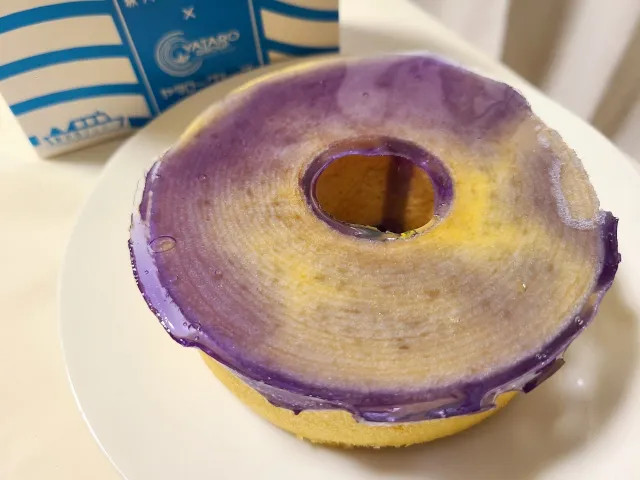
0 comments: